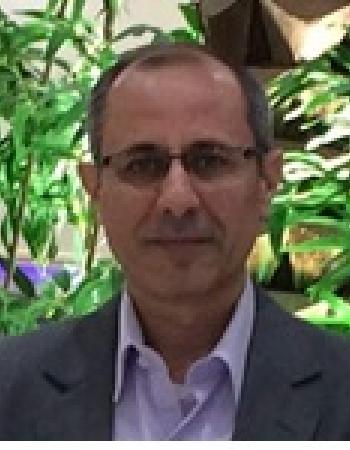Nerve conduits constructed by electrospun P (LLA-CL) nanofibers and PLLA nanofiber yarns
Injuries of the peripheral nerve occur commonly in various people of different ages and backgrounds. Generally, surgical repairing, such as suturing the transected nerve stumps and transplanting an autologous nerve graft, is the only choice. However, tissue engineering provides an alternative strategy for regeneration of neural context. Functional nerve conduits with three dimensional (3D) support and guidance structure are badly in need. Herein, a uniform PLLA nanofiber yarn constructed by unidirectionally aligned nanofibers was fabricated via a dual spinneret system, which was subsequently incorporated into a hollow poly(L-lactide-co-caprolactone) (P(LLA-CL)) tube to form a nerve conduit with inner aligned texture. The biocompatibility of the poly(L-lactic acid) (PLLA) yarn was assessed by in vitro experiments. Schwann cells (SCs) presented a better proliferation rate and spread morphology of the PLLA yarn than that of PLLA film. Confocal images indicated that the axon spreads along the length of the yarn. SCs were also cultured in the conduit. The data indicated that SCs proliferated well in the conduit and distributed dispersedly throughout the entire lumen. These results demonstrated the potential of the PLLA nanofiber yarn conduit in nerve regeneration

Fungal biofilms have caused several medical problems, resulting in significant morbidity and mortality as well as poor response to antifungal drugs.

Cellulose has been one of the most widespread materials due to its renewability, excellent mechanical properties, biodegradability, high absorption ability, biocompatibility and cheapness.

The burst release of drug is a problem associated with the use of common blending electrospinning. This problem can be avoided via fabrication of core–shell nanofibers where drug can be coated…

